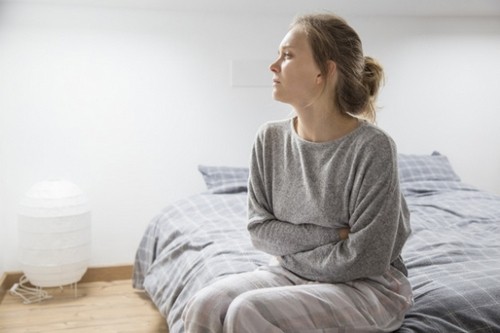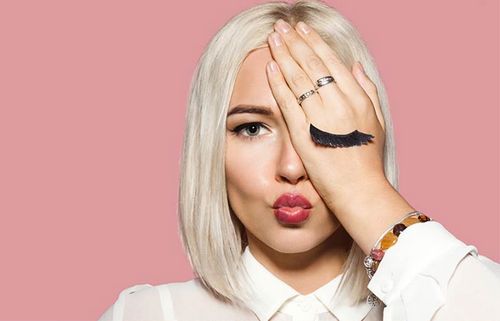By the age of 50, most men and women suffer from spinal diseases. But these diseases begin to disturb a person much earlier, as a rule, at 35-40 years old. With osteochondrosis, the muscles and internal organs are involved in the pathological process.
For example, with a disease of the cervical spine, a patient often has headaches, dizziness, tinnitus, and visual impairment.
The most susceptible to osteochondrosis are people suffering from metabolic disorders, as well as various hormonal and vascular disorders, since this kind of disease causes eating disorders of the intervertebral discs. If no measures are taken, then over time the edges of the compacted intervertebral disc will begin to protrude beyond the spinal column, and the neurovascular bundle extending from the spinal cord will be constantly injured. So there is the formation of an intervertebral hernia.
Move more, do some exercises daily to strengthen and flex the spine (it is better if they are individually selected by a specialist). Watch your posture even when sitting in a chair. Sleep on a hard mattress. The soft mattress warms the intervertebral discs and makes them easily movable. Every day, with special exercises, strengthen your back muscles, avoid the uniform position of the spine, and also fully eat.
With damage to the thoracic region – difficulty breathing and cardiac activity; lumbar – a violation of the digestive system, kidneys, decreased potency.
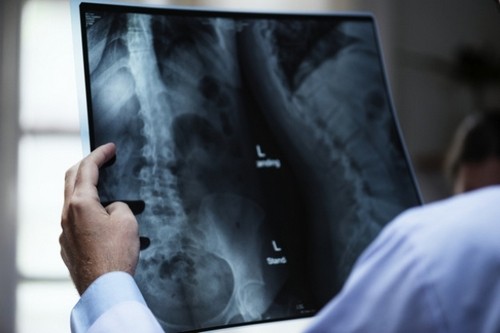
Osteochondrosis is understood as a dystrophic process in the intervertebral discs. Gradually losing its elastic properties, the disk is flattened. As a result, the distance between the vertebrae decreases, and the nerve roots extending from the spinal cord are pinched – there is pain, in the area of the pinched neurovascular bundle, the phenomena of edema begin to increase, which leads to even greater infringement and intensification of pain.
Osteochandrosis Treatment
To get rid of physical suffering, take a rolling pin to roll out the dough or a glass bottle in your right hand and quietly, gradually strengthening, tap on the right shoulder, shoulder blade, spine. Then do the same with the left side of the body.
This can be done in the evening, sitting in front of the TV or in the morning while breakfast is being prepared. The main thing is to regularly. Lie on the floor on a rolling pin and try to “ride” on a rolling pin back and forth for about 15-20 minutes. The next day, it may be painful to repeat this procedure, but this is normal.
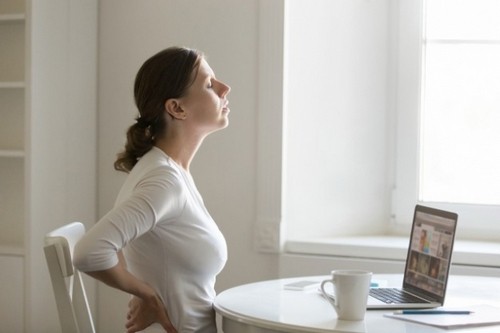
Phytotherapy of osteochondrosis is an auxiliary treatment (the main treatment is gymnastics and proper posture).
Here are the most effective folk methods for treating osteochondrosis:
- 3-4 grams of chopped celery root is poured with 1 liter of water, insisted for 8 hours, filtered. Take 1 teaspoon 3 times a day.
- 1 tablespoon of celery seeds is poured with 2 cups of cooled boiled water, insisted for 2 hours, filtered. Drink 1 tablespoon 3 times a day.
- Mix one part of the powder of badyagi with 30 parts of vegetable oil, rub the sore spot, then cover with compress paper, on top with a warm handkerchief.
- 2 tablespoons of chopped fresh lilac leaves, 300 grams of radish juice, 200 grams of honey and 100 grams of vodka insist day. Mix well and rub into sore spots.
- Loosen lilac flowers in a half-liter bottle to the top, pour vodka, insist 21 days in a dark place, then strain. Take 30 drops 3 times a day before meals for 3 months.
- Pour one teaspoon of crushed madder roots with one glass of water and boil for 10 minutes in a water bath. Cool, strain. Drink broth in the morning and in the evening 100 grams before meals. Urine under the influence of madder turns pink-red. Staining begins 3-4 hours after administration.
Gymnastics for patients with osteochandrosis
Exercise 1: Pressure
Tilt your head forward while pressing on the forehead with your woven fingers. With your fingers, press on the back of the head and whiskey – left, right. The head counteracts the pressure of the hands, and the hands counter the pressure of the head. Spend 10 sec for each move.
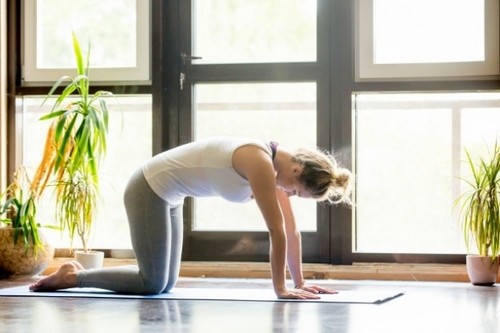
Exercise 2: skin sprains
Put the tips of four fingers on the forehead against each other, gently press on the skin with the entire surface of the palm and with gentle traction movements stretch it for 10-40 seconds. We can do the same stretching on the temple in the longitudinal and transverse directions.
The same is on the ear. Stretch it in all directions, especially the lobe. Thus, you improve blood circulation in areas rich in biologically active points.
Exercise 3: tilting backwards
This type of massage improves blood flow in the jugular veins, improves brain nutrition.
Sit upright with your back straight. Slowly move your head back, helping with your hand, pushing the chin back and up. You can slowly turn your head a little left and right. Stay in this position for about a minute. 10 seconds are enough for children.
Exercise 4: Stretching
This exercise improves the cervical plexus.
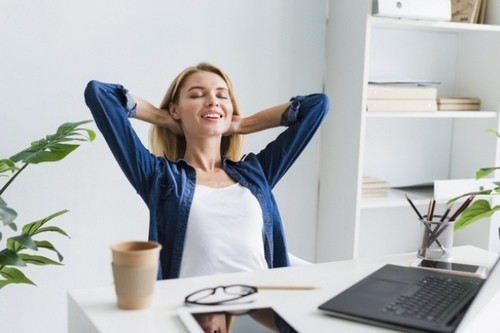
Sit upright with your back straight. Slowly tilt your head forward, trying to touch the chin of your chest. Put your woven fingers on the back of the head, push forward and up, lifting the back of the head. Sit like this for about a minute. After 15 minutes, you can repeat.
Exercise 5: shoulder-ear
Raise your shoulders up, trying to reach your ears, lower it more freely, faster – within 15 seconds. Now, alternately – one shoulder up, the other – down, also 15 seconds. Rub the cervical spine with your palms.


